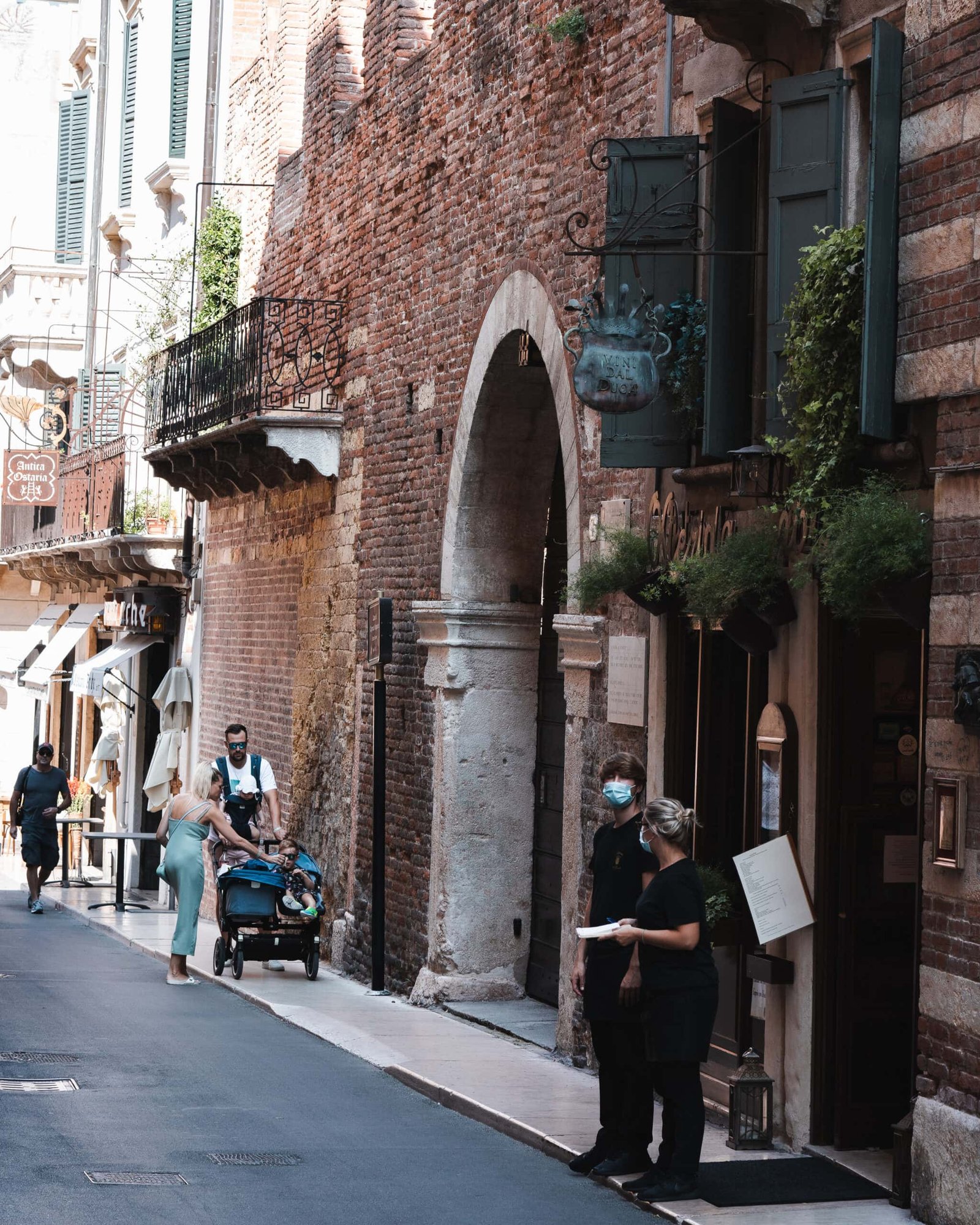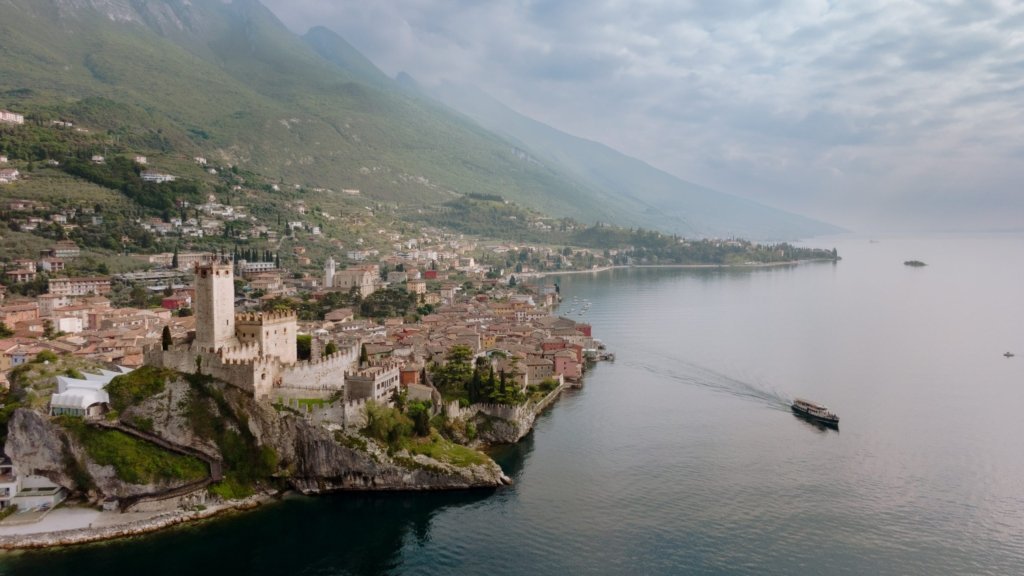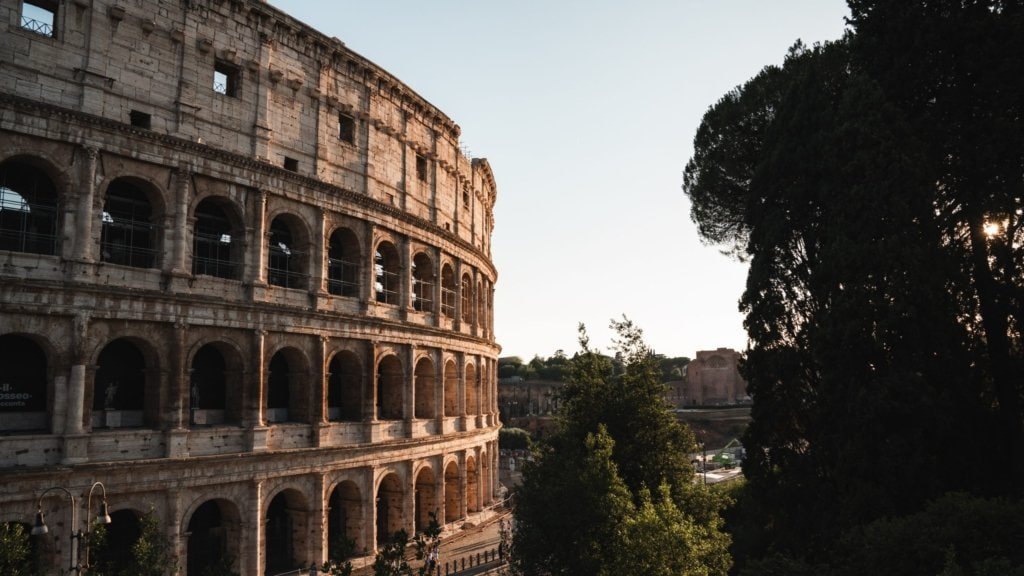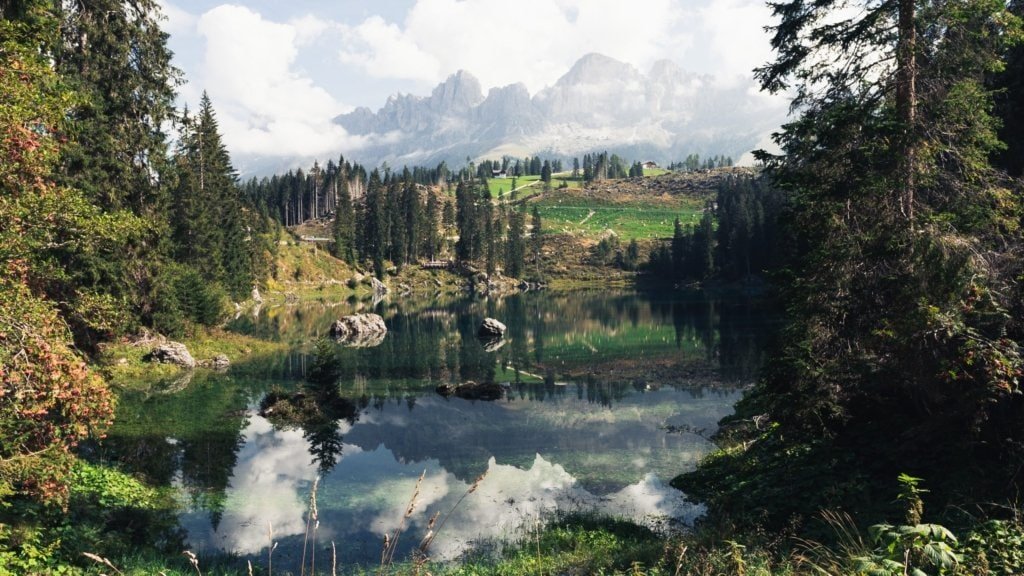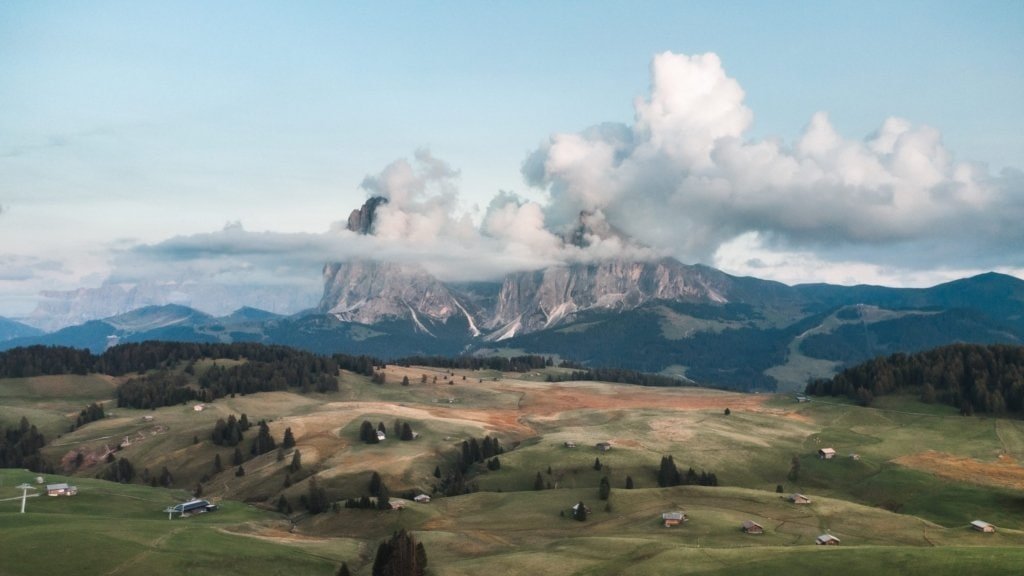It was the nightingale and not the lark.
Romeo and Juliet is the poignant story of two unhappy lovers who are unable to find each other due to the bitter enmity between their two families. It ends with a tragic double suicide.
It is not without reason that Shakespeare staged the world’s most famous romantic drama in the historic streets and buildings of Verona.
Juliet’s house, her burial place in a former Franciscan monastery and Romeo’s house are some of Verona’s most important sights today. Juliet’s house in particular has become a real centre of attraction for lovers from all over the world.
The home of Julia
O Romeo, Romeo, wherefore art thou Romeo?
Right in the centre of Verona is the balcony where Juliet uttered these words in Shakespeare’s play. It is connected to a building called La Casa di Giulietta (Juliet’s House). It is the former residence of the Capello family, who inspired the English poet to create the Capulets and their disastrous feud with the Montagues in what is probably the most romantic play in the world. This popular place is also home to a statue of Juliet in the courtyard of Juliet’s house. According to tradition, visitors to Verona must touch her right breast to find happiness in love.
It’s her, my most beautiful, my favourite! If only she knew it was her!
You can reach Juliet’s balcony via Via Cappello no. 23, about 150 metres south of Piazza delle Erbe and 750 metres east of the Verona Arena. The house has also been converted into a museum and can be visited. The museum closes daily at 7.30 pm; last admission is at 6.45 pm. The ‘normal’ entrance fee is €6 – but there are many different discounts! You can visit the balcony and the statue for free!
Romeo's house
I am a fool of fate!
Romeo’s house in Via Arche Scaligere 4 is much less frequently visited, but this is because it is privately owned and cannot be visited from the inside. This is a real shame, because unlike the Casa di Giuglietta, this house is an original building. It is one of the few surviving medieval houses in the centre of Verona. Right next to the archway in a crenellated wall is a simple sign reading ‘Casa di Romeo’.
Julia's gravesite
No obstacle made of stone can stop love, what love can do, it dares to do.
The tragic story of Romeo and Juliet ends in death.
Of course, you can also visit Juliet’s grave in Verona. This is located in an old Capuchin monastery from the 13th century. A stone staircase in the crypt of the monastery leads to the lidless sarcophagus in which, according to tradition, Juliet was buried. Nowadays it serves as a museum and can only be visited for an entrance fee. The entrance fee is €4.50.
This morning brings us gloomy peace. The sun hides its face in sorrow. We have to worry about these bad things. Some punish, others do not. There was no greater misery than that of Juliet and her Romeo!




